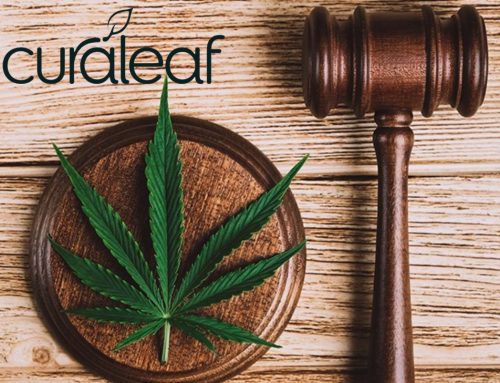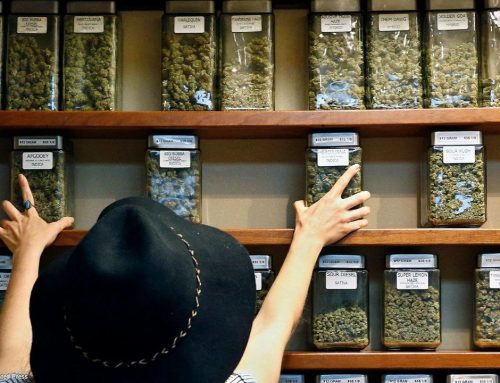DEA Report Highlights Growing Threat from Synthetic Drugs and Illegal Cannabis Operations
LOS ANGELES- The Drug Enforcement Administration (DEA) released its 2024 National Drug Threat Assessment (NDTA) on May 9, detailing illegal drug and trafficking trends in the United States. DEA Administrator Anne Milgram emphasized the shift from plant-based drugs, like heroin and cocaine, to synthetic drugs, such as fentanyl and methamphetamine, which she described as creating the most dangerous drug crisis the country has ever faced. Milgram pointed to the Sinaloa and Jalisco cartels as central to this crisis.
The NDTA provides a comprehensive overview, including chapters on the activities of these cartels, individual substances like fentanyl, nitazenes, heroin, methamphetamine, cocaine, cannabis, controlled prescription drugs, new psychoactive substances, illicit finance, and the DEA’s response strategies.
The chapter on cannabis highlighted that despite state-level legalization, illegal cannabis markets persist. The DEA reported significant trafficking by Mexican cartels and Asian organized crime groups. It also noted the rise in cannabis potency, with average Delta-9 THC levels increasing from 1% in 1977 to 16% in 2022, according to the University of Mississippi Marijuana Potency Monitoring Program. This increased potency poses greater risks, particularly for children who might consume cannabis edibles.
The report also addressed the environmental impact of illegal cannabis cultivation and the increase in emergency room visits by children. It noted difficulties in identifying illegal operations masquerading as state-licensed businesses, citing a case where the Dallas Division seized $2.8 million in cannabis linked to Chinese nationals growing illegally in Oklahoma. Two individuals were convicted of drug trafficking in January 2024.
Further, the report discussed discrepancies in reported THC levels in cannabis products. A Colorado study found that over 70% of products had THC levels at least 15% higher than reported, with some testing between 28.07% and 31.28%. The report’s author, Anna Schwabe, noted that DEA-seized cannabis flower averaged 13.88% THC in 2019, closer to the observed mean of 14.98% in her samples, compared to reported means of 20.27% to 24.10%.
In California, new regulations on cannabinoid testing effective January 1, 2024, have led to a decrease in reported THC potency, according to data from Headset and comments from industry experts. Zach Eisenberg of Anresco Laboratories and Andrea Golan of Vicente LLP suggested that these changes reflect more accurate potency levels rather than a decline in actual potency.



































